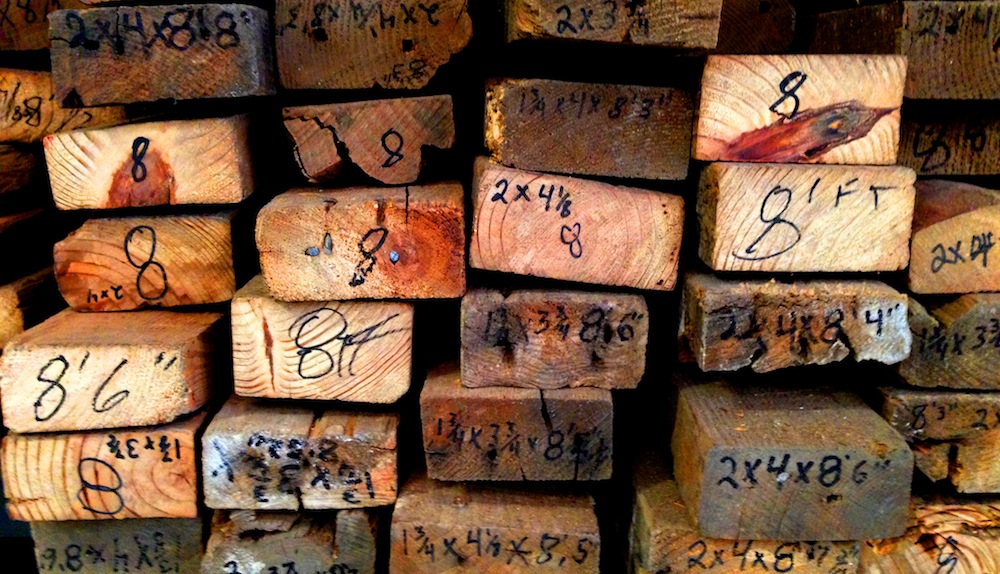USGBC’s recent quarterly addenda to the LEED green building rating system includes a new pilot Alternative Compliance Path (ACP) credit that is designed to eliminate irresponsibly sourced materials.
One aim is to advance environmentally responsible forest management to help rid buildings of illegal wood by promoting wood that is verified to be legal. The pilot ACP builds on the robust infrastructure that has been built around responsible wood sourcing and chain of custody to test an approach to prerequisite requirements.
This approach to wood could serve as a model for other building materials, USGBC says. This pilot ACP is applicable to both LEED 2009 and LEED v4 systems. LEED has always rewarded leadership in materials specification, but this new approach focuses attentionon the significant need for more comprehensive and effective legality verification of building products, according to USGBC.
“We want LEED to be a significant driver for stopping illegal logging,” says Rick Fedrizzi, CEO andfounding chair, USGBC. “As we have begun looking at approaches to incentivize responsible sourcing of all materials that go into our buildings—such as concrete, steel, copper and other materials—we recognize the need to address both the top—rewarding the best—as well as the bottom by eliminating unacceptable practices.”
Related Stories
| Aug 11, 2010
World's tallest all-wood residential structure opens in London
At nine stories, the Stadthaus apartment complex in East London is the world’s tallest residential structure constructed entirely in timber and one of the tallest all-wood buildings on the planet. The tower’s structural system consists of cross-laminated timber (CLT) panels pieced together to form load-bearing walls and floors. Even the elevator and stair shafts are constructed of prefabricated CLT.
| Aug 11, 2010
Great Solutions: Products
14. Mod Pod A Nod to Flex Biz Designed by the British firm Tate + Hindle, the OfficePOD is a flexible office space that can be installed, well, just about anywhere, indoors or out. The self-contained modular units measure about seven feet square and are designed to serve as dedicated space for employees who work from home or other remote locations.







